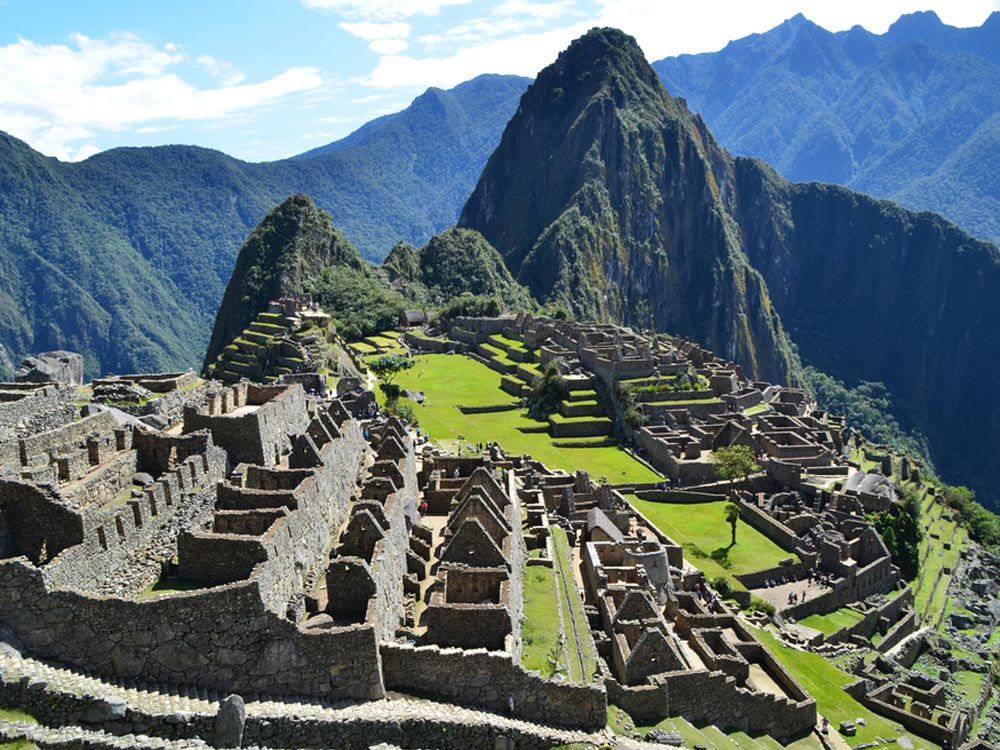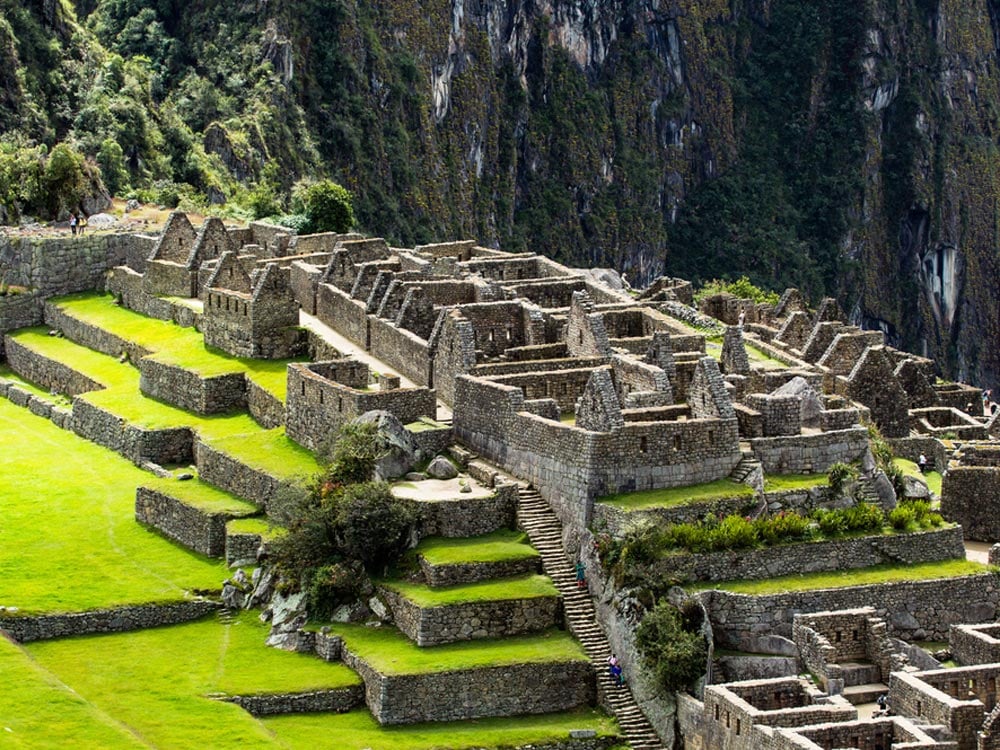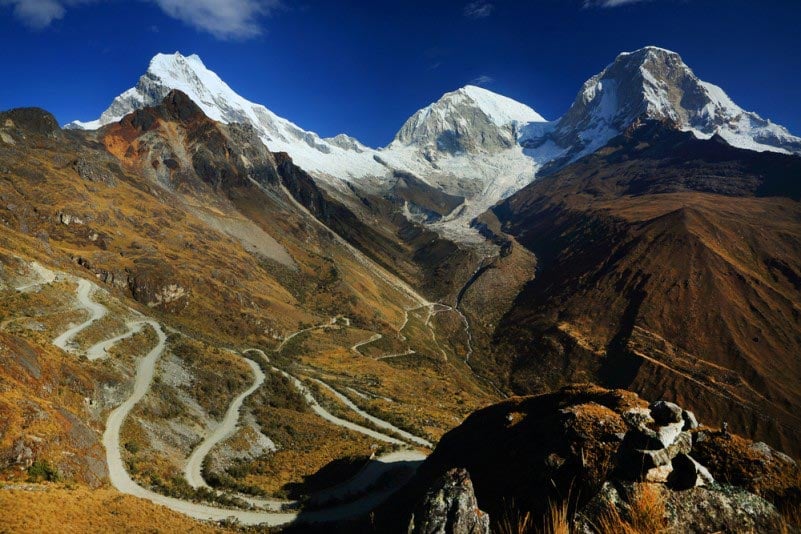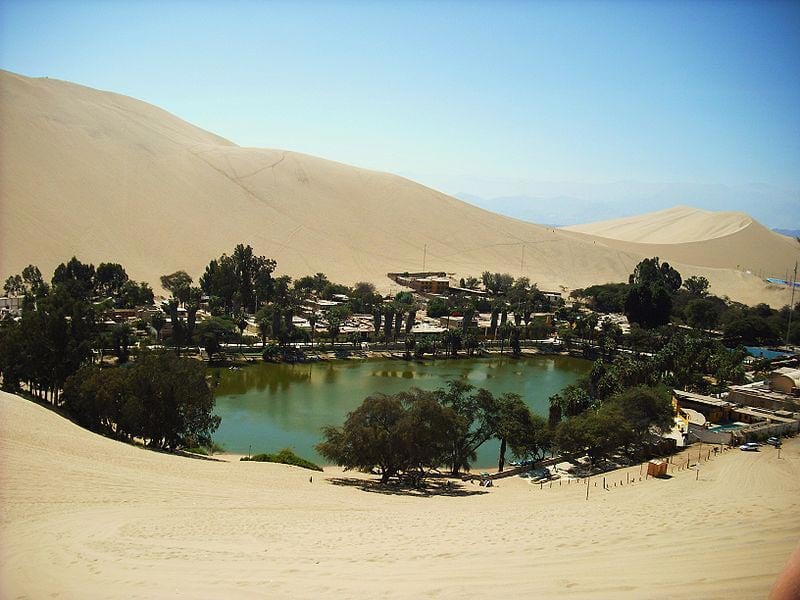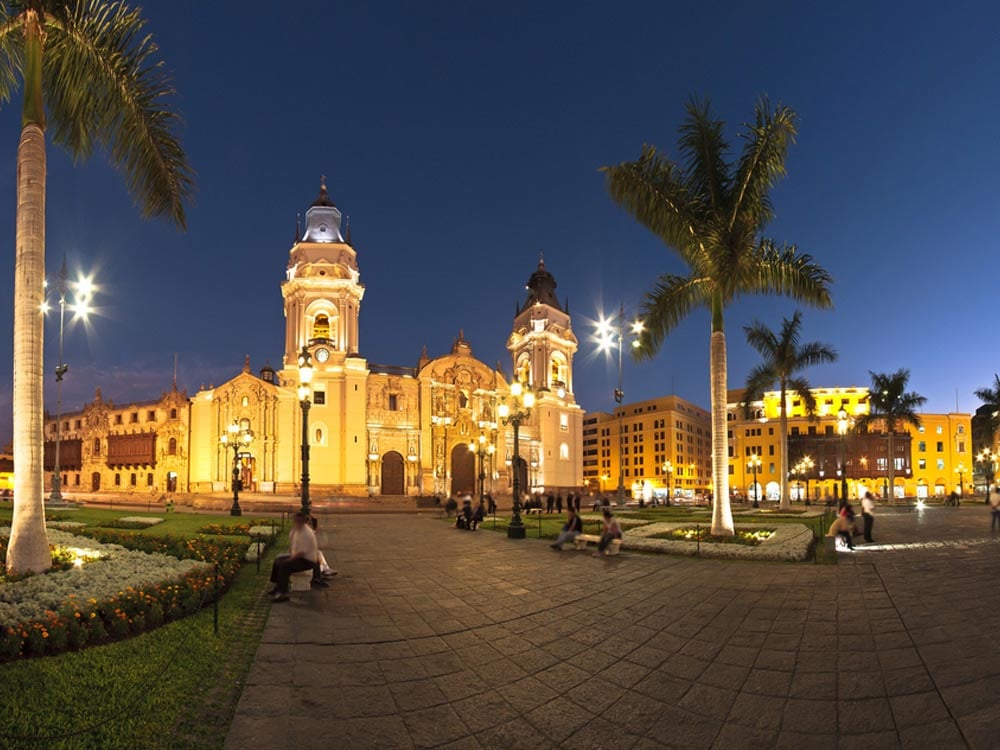An absolute paragon of architecture and a solemn reminder of Inca civilization, Machu Picchu is an uncluttered archeological gem. This eighth wonder of the world offers an abundance of medieval culture, spectacular sights, and grandeur to take in. Surrounded by misty mountains along the undulating Urubamba River, this historical place draws in thousands of pilgrims, travelers, and history buffs.
History
Machu Picchu was built by Pachacuti, an Incan Emperor, in the 15th century. It remained ‘lost’ for many years until it was rediscovered by a US historian Hiram Bingham in 1911, while he was chasing rumors of ancient Vilcabamba ruins in Peru. The purpose of the greatest archeological find of the 20th century remains unknown, and it is an enduring mystery that archeologists have been unable to resolve.
Things to Do in Machu Picchu
It is one of the few ancient Incan sites that were not plundered by the Spanish. There are several rooms, some are still unidentified, in the ruins such as the Temple of the Sun and the Room of the Three Windows. Other important sites include the Temple of the Condor, and Intihuatana – a carved stone that functions as a sun dial.
Classic Inca Trail – Natural beauty of Andes and sheer mystery of Incan ruins are entwined in one of the most popular hiking trails in South America. More than 82-km-long trail starts from Cuzco on the Urubamba River and ends at Aguas Calientes near Machu Picchu. This trail, which lasts for 4 to 5 days, passes by the ruins of Patallaqta, Warmi Wanusqa (Dead Woman’s Pass), Qunchamarka and Puyupatamarca (archeological sites), and human settlements. While Lares Trek can be taken independently, the Salkantay Trail calls for a guided trekking.
Inca Bridge – In fact, there are two bridges (Trunk Bridge and Rope Bridge) that are part of a mountain trail. Often believed as a secret entrance to Machu Picchu, this strategic point is created by bridging a 20-ft gap by two tree trunks.
Day Tours – Along the Urubamba River, take a day trip to sacred valleys such as Chinchero, Maras, Moray, and Ollantaytambo. The historic Urubamba valley offers panoramic views of hidden Inca sites. You can also plan guided and private sightseeing tours to nearby city of Cuzco.
Nearby Attractions
Temple of the Three Widows, Cantera, Torreon, Moray, Choquequirao Archeological Park, Huayna Picchu, and Los Jardines de Mandor.
Where is Machu Picchu?
Located in the Cuzco Region of Peru in South America, Machu Picchu sits on a mountain above the Urubamba Valley.
How to Reach?
By Air – Alejandro Velasco Astete International Airport in Cuzco is the closest airport from Machu Picchu. It is connected by major Peruvian and South American airlines.
By Train – PeruRail has several departures between Machu Picchu station in Aguas Calientes and Cuzco.
By Road – Aguas Calientes, a town at the bottom of the valley, is the gateway to Machu Picchu site. You can reach here from Cuzco or Santa Maria. It is best to rent a car and take detours and explore the beautiful valleys.
Accommodations
Only a few hundred meters away, Belmod Sanctuary Lodge is a premium hotel that has deluxe suites with mountain views. In Aguas Calientes, you can stay at luxury hotels like Santuario Hotel, Inca Terra, Sumaq Machu Picchu Hotel, and Hotel Hanaqpacha. For budget accommodations, Panorama B&B, Gringo Bill’s Hostal, Hostal Varayoc, Hostal Sol de Oro, and Hotel Muyurina are good options.
Restaurants
Palta Rellena with Pisco Sour is the specialty of restaurants in the Aguas Calientes town. There are several Pizza shops, cafes, and Chifas near the main bus stop. Restaurant Indio Feliz serves French Cuisine and Toto’s House is a traditional Peruvian restaurant know for the buffet lunch it offers. You can also choose to eat in the local food market on the main street.
Best Time to Visit Machu Picchu
To avoid rain and warm weather, visitors should plan to travel between April and October. The summer months from June to August are busier and can make it more difficult to find accommodation.
Machu Picchu Hours & Tickets
The general entry ticket for foreigners cost US$ 52 (Nuevos Soles 128) while the Peruvians or residents have to pay US$ 26 (Nuevos Soles 65). Separate packages are available for visiting the museum and Huayna Picchu. You can buy tickets online for visiting Machu Picchu. Tickets are valid only for one day.
This historical site is open from 6 AM to 5 PM everyday. For nocturnal tours, you can arrange a visit between 6 PM and 1 AM.
Machu Picchu Facts
- It is one of the wonders of the world.
- Its name in Quechua language translates as “Old Peak” or “Old Mountain.”
- It has an elevation of 2,400 meters and the citadel has an average altitude of 8047 feet above sea level.
- Spanning over 80,000 acres, Santuario Historico Machu Pichhu comprises around 150 buildings that include baths, houses, sanctuaries, and temples.
- The sanctuary was declared a UNESCO World Heritage site in 1983.
- Stones that were used to build this city weigh as heavy as 50 pounds and were hauled to the top by hand.
- Inca Trail is used for 26.2-mile-long marathon.
- El Mirador, a latest discovery near Machu Picchu, may have been used by priests to observe the position of celestial bodies.
Things to Remember
- Machu Picchu sites and nearby attractions are closed for maintenance and clean up during February.
- Carry your original copy of passport and other documents while visiting.
- Only 2,500 visitors per day are permitted to visit the ruins.
- Although it is a steep climb and takes up to 90 minutes, you can walk to the top of the ruins.
- Please do not hike on the train tracks.
- Feeding wild animals and carrying alcoholic beverages to the site are strictly prohibited.
AS20151116

